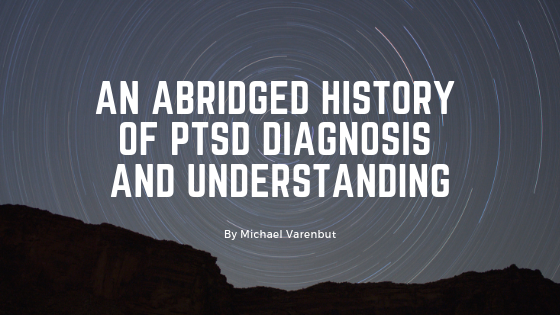PTSD, the acronym for Post Traumatic Stress Disorder, is a disorder that can develop in those who have experienced a traumatic event. Commonly, it is associated with veterans deployed in wars. However, it can affect any range of people, soldier or not, who have experienced a traumatic event.
PTSD emerged at the forefront of American psychology during World War I and World War II, but this is not the earliest that it has been recorded in literature and historical accounts. Matthew J Friedman, MD, Ph.D., the Senior Advisor of the National Center of PTSD, believes that early demonstrations of PTSD are visible in Homer’s Iliad, an ancient Epic about love, war, and death. Of course, this is a literary account opposed to an official medical account, but it demonstrates that even ancient humans had an understanding of the traumas that can become ingrained in a person.
During World War I and World War II, times during which abnormally large amounts of American males were experiencing traumatic moments as a product of deployment, PTSD became primarily known as “Shell Shock.” The symptoms of this included tremors, nightmares, limited sight and hearing, and because “many of the symptoms were physical, it bore little overt resemblance to the modern diagnosis of post-traumatic stress disorder.” Those soldiers with severe cases of shell shock were no longer able to function as a soldier, and their symptoms continued to affect their life even when they returned from deployment.
The contemporary understanding of PTSD and its symptoms vary from this historical focus. Similarly, the symptoms still include flashbacks, nightmares, tremors, and other such events. However, our understanding of traumatic events that have triggered it has expanded. The leading cause of PTSD in both men and women is sexual assault, followed by combat and childhood abuse in men, and childhood abuse and domestic violence in women.
Today’s treatment involves a variety of methods, ranging from psychiatric medications to cognitive behavioral therapy and regular visits with a clinical psychologist and/or psychiatrist. As time continues to pass, we understand this psychiatric disorder better and better, and thus are able to offer more efficient and effective treatment to those diagnosed.

